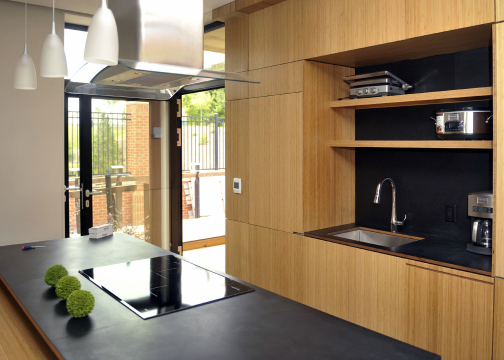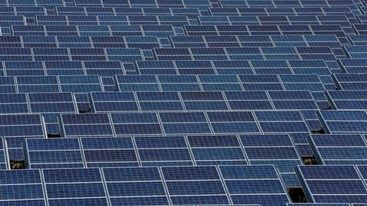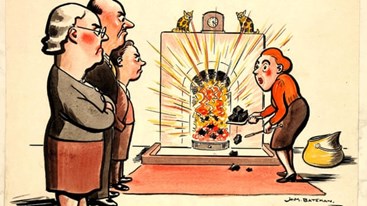Saturday, 20/04/2024 | 16:39 GMT+7
As part of the administration’s effort to cut energy waste in the nation’s buildings and double energy productivity by 2030, the Energy Department today announced $4 million to develop and demonstrate new energy efficiency solutions for the nation’s homes.
The Energy Department’s Building America program develops cutting-edge innovations and resources with industry partners to spur the residential buildings market to adopt energy efficiency measures that will provide 50% savings in new homes by 2025 and 40% savings in existing homes by 2030.

A major focus of the work is home heating and cooling. Typically, heating and cooling account for 40% of a home’s energy consumption, the largest single energy use and more than water heating, refrigeration, and lighting combined. In 2014, U.S. homeowners spent $70 billion to heat their homes and $24 billion to cool them. Improving the energy efficiency of home heating and cooling systems and building envelopes (roof, walls, and windows) could reduce energy consumption for heating and cooling by as much as 70%.
For these Building America projects, teams will focus on developing and implementing solutions to three inter‐related core technical challenges: high performance building envelope assemblies and systems; optimal comfort systems for heating, cooling, air distribution, and humidity control; and high performance ventilation systems and indoor air quality strategies. The Energy Department will fund projects that develop and demonstrate integrated solutions to any or all of these core technical challenges and primarily focus on solutions for the hot/humid, mixed humid, and cold climate zones. Together these climate zones cover most of the country, but have very different requirements. These projects will demonstrate techniques that address these requirements, while promoting energy efficiency at a reasonable cost and preserving indoor air quality.
Anh Tuan








.jpg?w=367&h=206&mode=crop) Energy efficiency and conservation usage is an important aspect of the national energy development strategy
Energy efficiency and conservation usage is an important aspect of the national energy development strategy
 Challenges and Opportunities to promote energy efficiency market in Vietnam
Challenges and Opportunities to promote energy efficiency market in Vietnam
 The Ministry of Industry and Trade requests government agencies to coordinate in organizing Earth Hour 2024
The Ministry of Industry and Trade requests government agencies to coordinate in organizing Earth Hour 2024
 Consultation on Energy Efficiency Boiler Catalogue and Wood Drying Guideline
Consultation on Energy Efficiency Boiler Catalogue and Wood Drying Guideline
 Son Ha Co., Ltd, applies energy efficiency and conservation measures
Son Ha Co., Ltd, applies energy efficiency and conservation measures
 Phuc Kien Co., Ltd., is effectively implementing energy-saving measures
Phuc Kien Co., Ltd., is effectively implementing energy-saving measures
.png?w=367&h=206&mode=crop) Request for expression of interest - C2.1.13: Capacity Building on energy efficiency policies development
Request for expression of interest - C2.1.13: Capacity Building on energy efficiency policies development